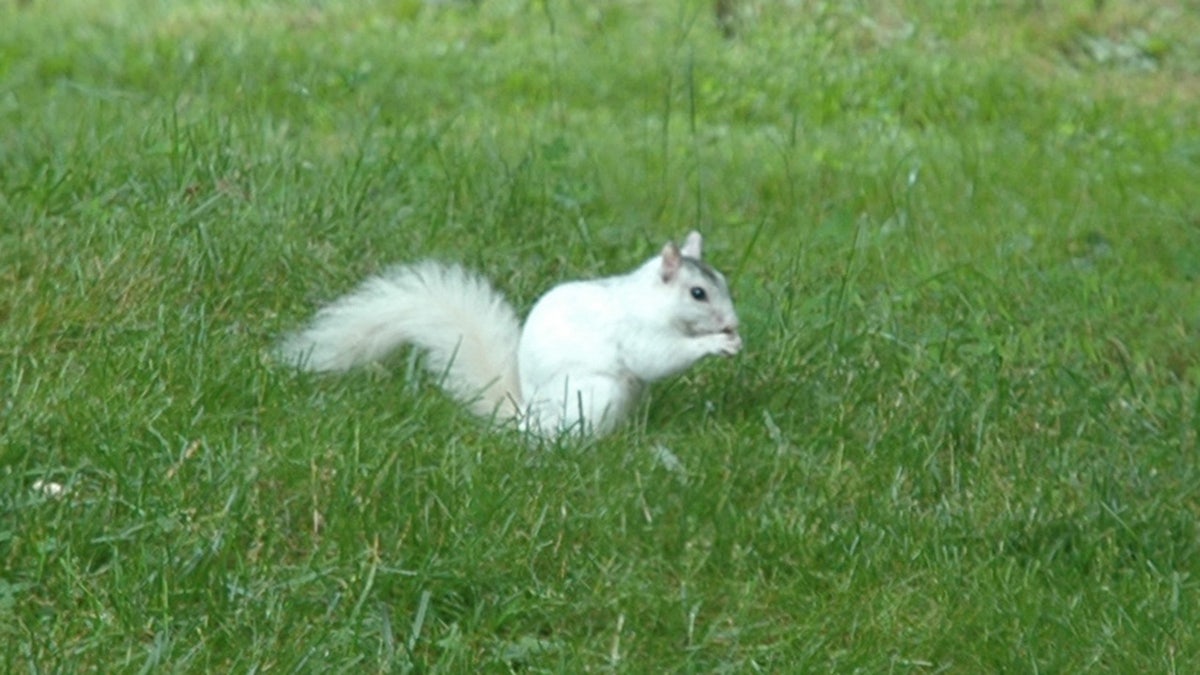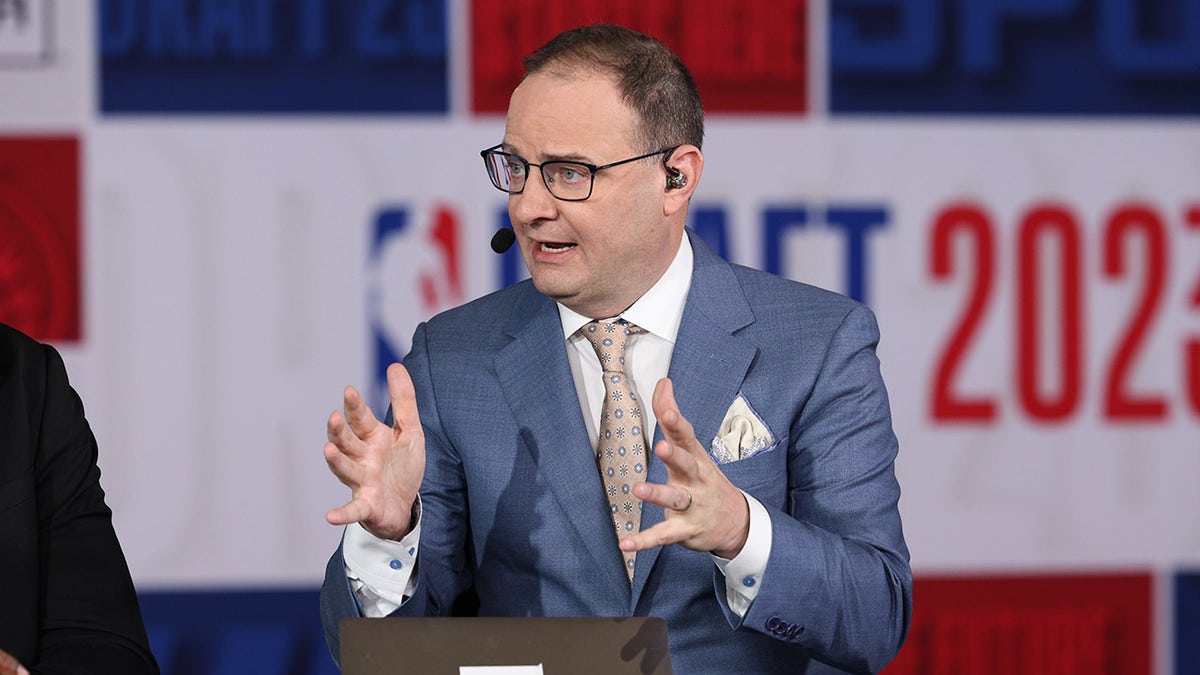A recent sighting of a white squirrel in Cary, North Carolina, sparked considerable interest, with many locals claiming they'd never encountered one before. While rare in most places, these striking creatures are a common sight in Brevard, North Carolina, a town boasting a colony of over 1,000 white squirrels.

Katy Rosenberg, director of Brevard's White Squirrel Institute, believes this colony might be the largest in the U.S. While sightings are increasing in other states like Florida, South Carolina, and Michigan, Rosenberg suggests this could be due to people relocating the squirrels. She receives frequent calls from individuals interested in breeding and selling white squirrels, a practice strictly prohibited in Brevard.

Since 1986, Brevard has maintained a sanctuary for all squirrels, particularly the white ones, making hunting or trapping them illegal. These squirrels are not albino but leucistic, a genetic condition causing reduced pigmentation. They're primarily white with a patch of dark fur on their heads and dark eyes, a unique characteristic not found in any known species of all-white squirrels.

Despite their unusual appearance, these squirrels behave like their gray counterparts – foraging, nesting, and raising young. They coexist peacefully with the gray squirrels, their interactions governed by territory, not color.

The story of Brevard's white squirrels traces back to a circus accident in the 1940s. Several escaped, finding refuge in a pecan orchard in Florida. A girl named Barbara Mull's uncle brought two of them, Snowball and Frisky, to Brevard. They eventually escaped again, breeding with the local squirrel population.

Today, the town celebrates these unique squirrels with an annual festival in May and other fundraising events. Pisgah Penny, the town's official white squirrel ambassador, even participates in Groundhog Day predictions. The White Squirrel Institute, founded in 1997, initially aimed to raise awareness and boost tourism. Now, it focuses on wildlife rehabilitation and education.











